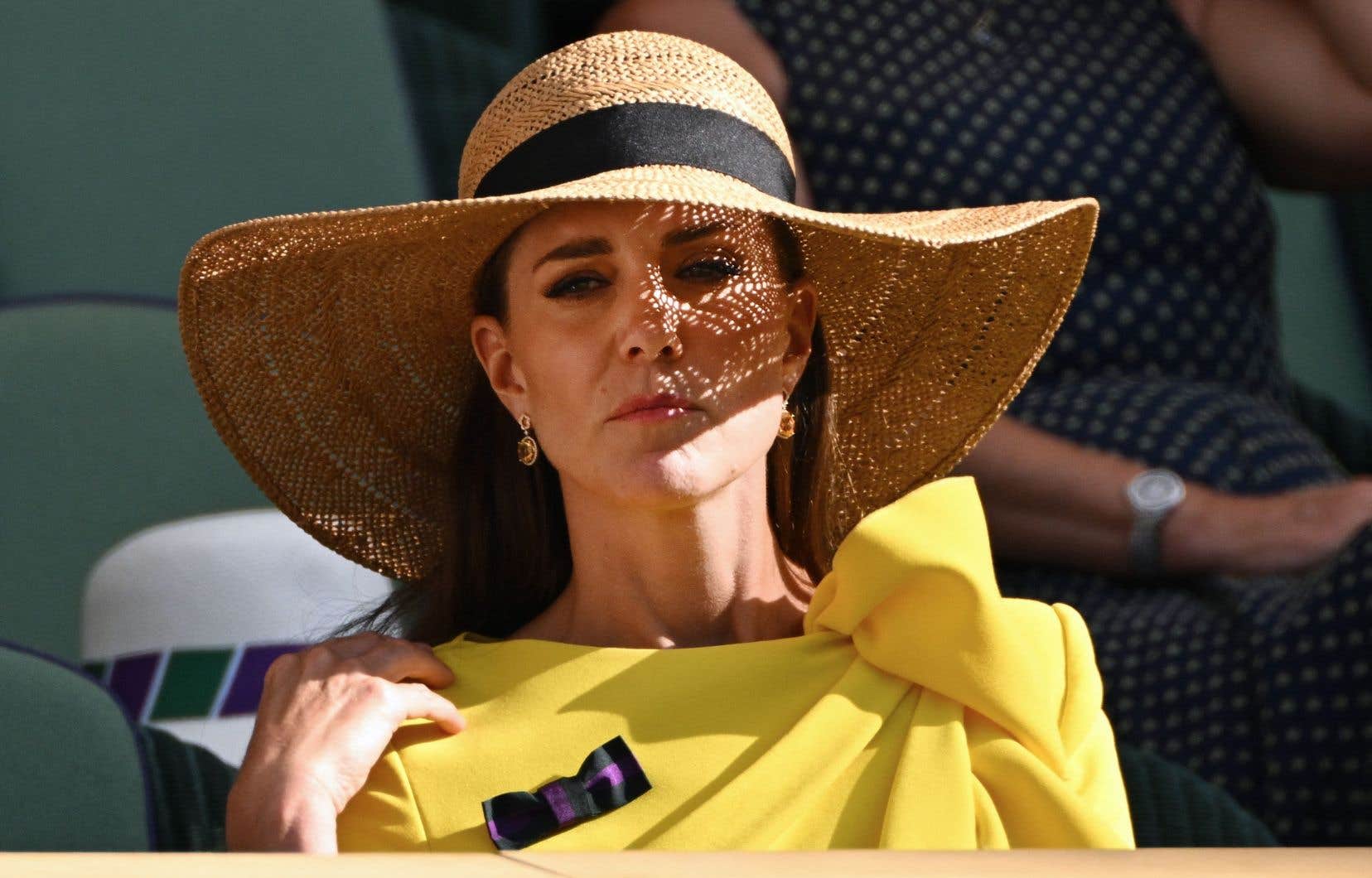The Princess of Wales, Kate Middleton, announced in a video on Friday that she was suffering from cancer and had begun chemotherapy treatments, thereby putting an end to the many questions that had surrounded her state of health for months .
The wife of Prince William, first claimant to the British throne, did not specify the nature of her illness, but indicated that she was in the early stages of her treatments and that she was doing well.
“It took us a while to explain everything to George, Charlotte and Louis,” her three children with Prince William. “Like I told them, I’m doing well and I’m getting stronger every day by focusing on the things that will help me heal,” she added, saying she hopes the public will understand that “they need time, space and privacy while she continues my treatment.
This outcome comes after two months of wild rumors following the announcement, on January 17, that the princess had undergone major abdominal surgery. The royal family’s communications team then suggested that the operation had nothing to do with cancer and that Kate would resume public activities by Easter. A few days later, we learned that his father-in-law, King Charles III, was suffering from cancer.
The prolonged absence of the princess, then the publication of a retouched photo of Kate Middleton and her children on the occasion of British Mother’s Day, only fueled the rumor machine.
Despite Kate’s apologies, who cited her clumsiness with technology to justify these alterations, conspiracy theories arose from all sides. Was it a photo of a lookalike? Did she want to cover up cosmetic surgery? Was the princely couple in the process of divorcing after an affair of adultery or domestic violence? Almost all the explanations were good to explain the withdrawal from public life of one of the most publicized personalities on the planet.
The flat reality was less thrilling: the British family had – once again, the evil tongues will say – missed the mark in terms of public relations.
Crisis management 101
The media management of such news is enough to give headaches to all “ spin doctors » of the planet, believes Bernard Motulsky, the former president of the Quebec Society of Public Relations Professionals (SQPRP), who is careful not to criticize his British counterparts. “A 42-year-old mother who learns that she has cancer, I see it as a tragedy. There are not many people who know exactly how to announce it and talk about it,” observes the professor in the Department of Social and Public Communication at UQAM.
“A cancer diagnosis is first and foremost a personal shock: you have to be able to manage it before sharing it. It’s a disaster and you can’t make a disaster go away by communicating effectively. It is clear that there was a lack of transparency, but we cannot always be transparent. Publicly exposing everything we experience, at the moment we experience it, is impossible, even if we are the royal family. »
Where the members of the royal family (and their communications managers) have erred, according to him, is by remaining silent for too long about the state of health of Kate Middleton. “Silence is the worst thing for arousing curiosity and ensuring that nothing more is talked about. It’s a deafening silence that suggests there’s something behind it. »
In this context, the publication of the retouched photo was intended to save time, while reassuring the public. In the end, the exact opposite happened. “It certainly wasn’t the idea of the century,” Mr. Motulsky concedes. “All we can see is that it was an attempt to calm public curiosity. »
Friday’s announcement came to explain the recent blunders of the royal family, believes Amandine Hamon, lecturer in crisis management at the University of Montreal. “I don’t think it’s going to have a very serious impact on the public’s relationship with Kate and William. She’s a princess, she’s very popular, she’s loved, and she’s a mother. The public will probably have compassion for her and her children,” says the doctoral student in communications.
The royal institution, on the other hand, risks seeing public confidence in it weaken further. “They were caught lying [en affirmant que Kate n’était pas atteinte du cancer]. However, in crisis management, this is the first thing we try to avoid,” recalls M.me Hamon.
This is yet another stain on the record of the British Crown, which has seen its image damaged several times in recent years.
But this mess finds its explanation in the very nature of the institution, believes Amandine Hamon. “In terms of crisis management, it is necessarily complicated for the royal family, because there are several competing interests. They need to communicate to gain public sympathy and, at the same time, they also have a private life that they do not always want to share. »
“And sometimes, they can’t communicate at all when they don’t have the necessary information,” as the case of Kate Middleton suggests, she believes.
With Agence France-Presse
